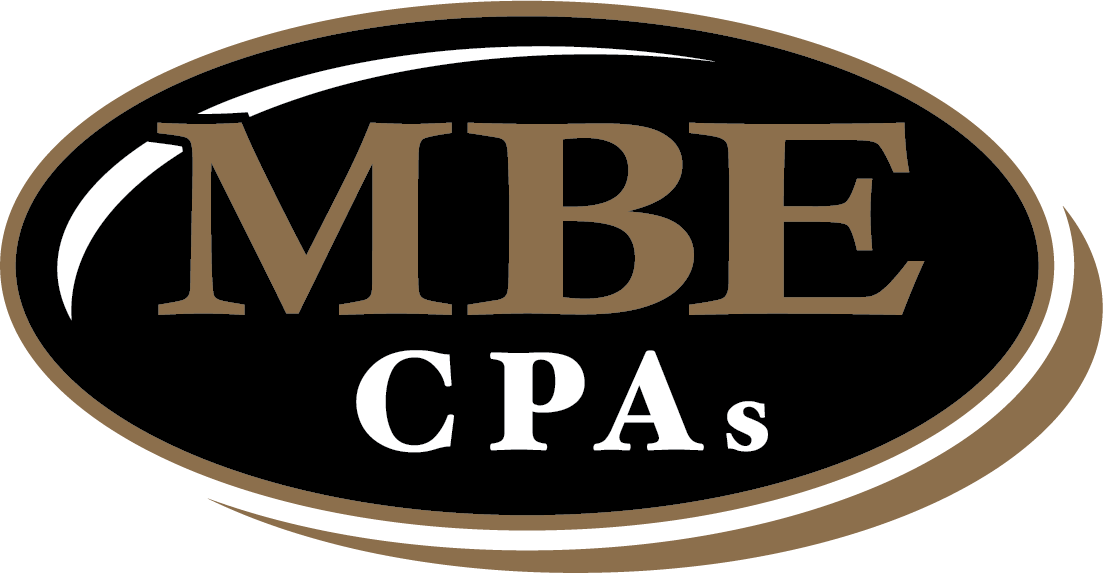What the New IRS Tip Reporting Program Means for You?

If you’re in the service industry, you know the struggle to track your employees’ cash tips. It’s always a surprise when the IRS comes knocking on your door with an assessment of your share on FICA taxes for unreported tips.
Thus, despite their voluntariness, service industry employers tend to participate in the Internal Revenue Service’s (IRS) tip reporting programs
- Tip Rate Determination Agreement (TRDA)
- Tip Reporting Alternative Commitment (TRAC)
- Employer-Designed TRAC (EmTRAC)
Recently, the IRS issued Notice 2023-13 introducing the proposed Service Industry Tip Compliance Agreement (SITCA) program. The SITCA will be the sole tip reporting compliance program, replacing the TRDA, TRAC, and EmTrac.
What Is The SITCA Program?
The SITCA program will simplify the process of tip reporting and lessen the IRS and taxpayers’ administrative burden by leveraging:
- Point-of-sale (POS) systems
- Time and attendance software
- Electronic payment settlement methods
The program will monitor employer compliance based on actual annual tip revenue, charge tip data from an employer’s point-of-sale system, and allowance for adjustments in tipping practices from year to year. Meanwhile, employers can submit annual reports after the close of the calendar year to reduce the need for compliance reviews.
Who Are Service Industry Employers?
The program is available to employers of all service industries. This excludes the gaming industry, which has the Gaming Industry Tip Compliance Agreement (GITCA) program.
As provided under the Notice, to qualify as a service industry employer eligible to participate, you must:
- Be in a service industry where employees perform services for customers, and those services generate sales that are subject to tipping by customers;
- Have at least one “covered establishment”; and
- Have complied with Federal, State, and local tax laws for three completed calendar years immediately preceding the date of application, as well as the calendar quarters following the end of the three years through any calendar quarters during which the service industry employer’s application is pending for some or all of the quarter.
What Is A “Covered Establishment?”
A covered establishment is one that:
- Employs tipped employees utilizing a technology-based time and attendance system to report tips under section 6053(a); and
- Makes use of a POS system to record all sales subject to tipping. In addition, the establishment must accept the same forms of electronic payment for tips as it does for sales.
What the SITCA means for employers in the service industry
1. It provides protection from Section 3121(q) liability.
2. It eliminates employee participation and tip examination protection.
Unlike the TRDA and GITCA, the SITCA does not require employees to sign participation agreements for employers’ compliance monitoring exemption.
This new feature promotes sound tax administration by eliminating tip examination protection without a measurable form of tip reporting compliance. Moreover, service industry employers will have the flexibility to adopt and implement policies and procedures to ensure compliance and accurate tip reporting from employees.
3. It imposes the automatic removal of a non-compliant establishment.
Finally, failure to meet SITCA’s minimum reported tip requirement in their annual report results in automatic removal from the program.
Reach out to your trusted tax professional to learn more about how the SITCA program may affect or benefit you.
This article was written by our marketing affiliate and contributor, Brand House Marketing. Reach out to them today, for marketing resources to empower your business.
